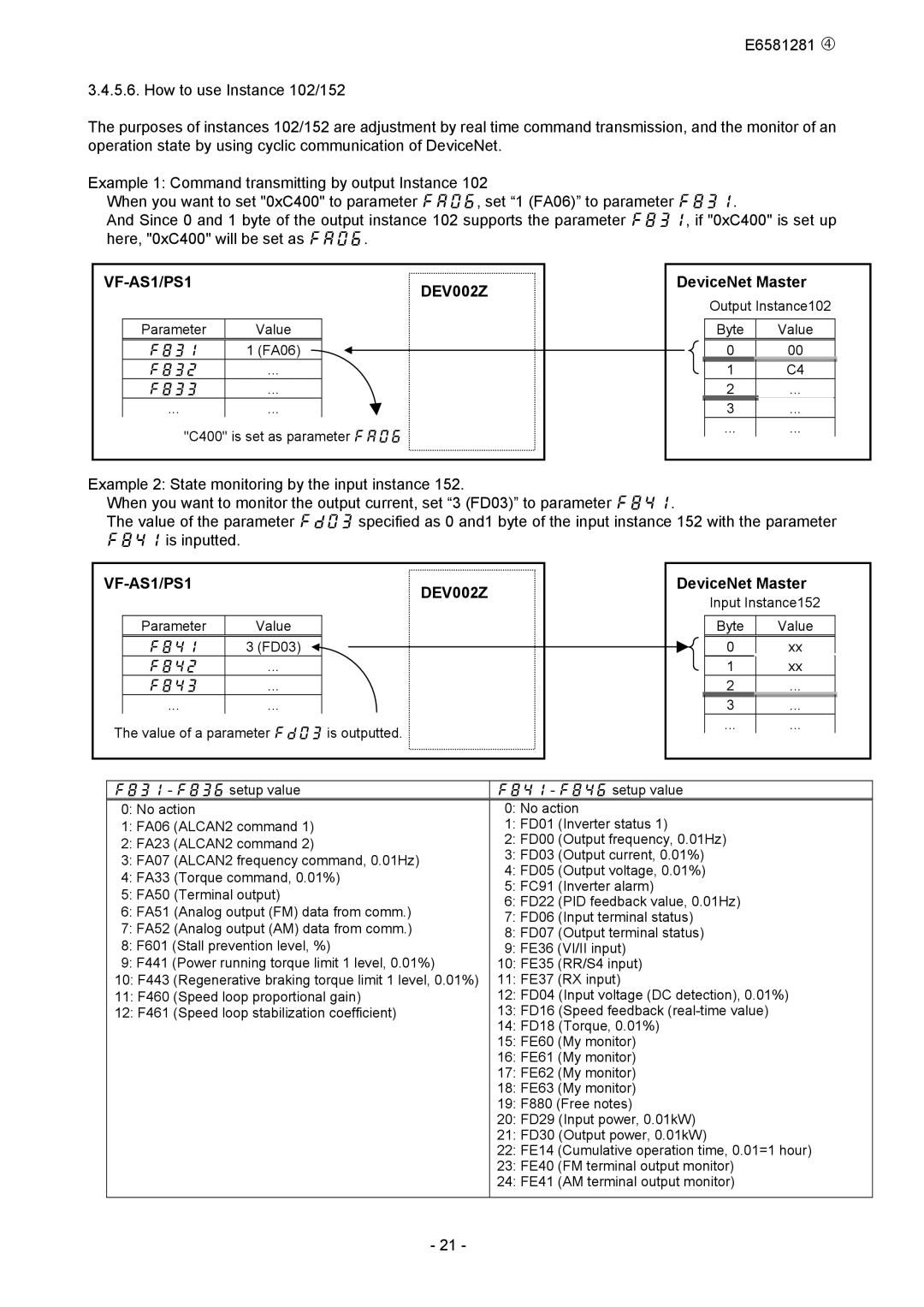DEV002Z-1 specifications
The Toshiba DEV002Z-1 represents a significant advancement in the field of solid-state drives (SSDs), aimed at both consumer and enterprise markets. This innovative device showcases a blend of versatility, speed, and reliability, making it a go-to choice for various applications, from personal computing to data centers.One of the standout features of the DEV002Z-1 is its impressive read and write speeds, which significantly enhance data transfer efficiency. With a sequential read speed of up to 3,400 MB/s and a sequential write speed reaching 3,000 MB/s, the device is designed to handle demanding workloads with ease. This makes it ideal for tasks such as 4K video editing, large-scale data processing, and gaming, where performance is critical.
The DEV002Z-1 is built on the advanced NVMe (Non-Volatile Memory Express) protocol, which is designed specifically for modern SSDs. NVMe provides a direct connection to the CPU, thereby minimizing latency and maximizing input/output operations per second (IOPS). This integration allows users to experience faster boot times, quicker application launches, and overall enhanced system responsiveness.
In terms of storage capacity, the DEV002Z-1 is offered in various configurations, allowing users to choose the right amount of space for their needs. These options range from 250 GB to 2 TB, accommodating a wide array of data storage requirements, from casual users to professionals needing ample space for large files.
Toshiba has incorporated their advanced 3D NAND technology into the DEV002Z-1, which not only increases capacity but also improves endurance and reliability. This design helps to reduce power consumption while enhancing data retention and overall performance. The SSD is equipped with advanced error correction technologies to ensure data integrity and safeguard against data loss.
Moreover, the DEV002Z-1 features thermal throttling capabilities, which help maintain optimal operating temperatures during intense read/write operations. This technology ensures consistent performance while protecting the drive's longevity.
With a slim form factor and lightweight design, the Toshiba DEV002Z-1 is not only easy to install but also compatible with a wide variety of devices, including laptops, desktops, and gaming consoles. Its combination of speed, capacity, and reliability makes it an attractive option for anyone looking to upgrade their storage solutions.

